With the vigorous development of international aviation subcontracting products, the cooperation between customers has also become closer. The difficulty of parts processing has also changed from the initial single and simplified parts to the high-temperature alloy special-shaped parts and precision assembly parts of the composite process. Even more difficult multi-metal box shell parts. Due to the limitation of the weight of the aircraft, the materials of many shell parts are more inclined to aluminum alloy materials. For example, the material grades are L168, 6061, 2024 and other internationally used aluminum alloys. These types of materials can also achieve good corrosion resistance and wear resistance through early cold forming and late surface treatment. They are used in parts of various civil airliners such as Airbus, Boeing and even my country’s C919. Today we are studying the processing method of aluminum alloy shell with porous, thin-walled die casting asymmetric structure.

1. Description Of Processing Difficulties
- There are a total of 49 holes in the parts, and the thinnest part of the wall is only 3mm.
- A total of 14 holes have tolerances within 0.01mm, of which 7 inner holes have a tolerance of ±0.004mm.
- The position tolerance of 4 small holes should not exceed 0.025mm.
2. Processing Plan
The processing of thin-walled porous parts can follow the general processing rules of shell parts, as shown in Figure 2. That is, rough machining, semi-finishing, and finishing; among them, the final requirements can be achieved through some finishing processes such as quilting, grinding, grinding, and fine boring according to the specific appearance, shape and size tolerance requirements of the part during finishing. . It can also be processed directly to the final size if the equipment accuracy level allows. Starting from raw materials, casting blanks or original aluminum blocks can be used to start processing according to customer requirements. The use of castings can save a lot of processing time in the preliminary rough machining.
- In the rough machining process, the wall thickness and depth dimensions should be 3mm reserved for semi-finish machining, and 0.5mm reserved for precision hole dimensions. As far as the parts in Figure 1 are concerned, the process positioning holes for post-processing must be done at the same time. Use process positioning holes with pins for post-processing of parts. The process hole is recommended to be made at an angle of 60° between the two walls of the part to ensure uniform force and dimensional stability during the later processing. The hole size is 5mm, and the tolerance is +0.005. If the equipment conditions do not allow it to process both sides at the same time, at least two more process holes and two positioning holes on each side should be added to increase the stability of the parts in the later finishing stage.
- In the semi-finishing stage, all dimensions with tolerances greater than 0.01mm can be processed in place, including the wall thickness of parts, cavity and some other dimensions with tolerances greater than ±0.1mm. In order to save processing time, 0.5mm can be reserved for all finishing hole sizes. It is done during finishing. It should be noted here that the parts need to undergo aging stress relief treatment within 4 hours after the semi-finish machining is completed, otherwise after a large amount of cutting, a large amount of stress will be released and the part will be deformed.
- According to the different materials of the parts and the size of the parts, choose a reasonable stress-relieving temperature and time to effectively remove the mechanical stress of the parts and provide effective guarantee for the later finishing.
- In order to ensure the high efficiency and stability of finishing, after the semi-finishing is completed, a single grinding process can be performed on the two faces of the part to ensure that the overall flatness of the two faces is within 0.01mm.
- In the finishing stage, the processing method can be selected according to the conditions of its own equipment. When there is only a three-axis machining center, it is necessary to machine the finishing size of one surface first. If possible, choose to use the hot-fit shank clamping boring tool; according to the needs of the drawing, the position of the four holes must be guaranteed to be 0.025mm Therefore, after processing a surface, you need to use the two holes in this surface as positioning holes instead of the process holes that we reserved during rough machining. Only in this way can the 0.025 hole be effectively guaranteed. Position degree
- If possible, the four-axis machining center can be used to directly process the two surfaces. Of course, a set of flat fixtures is needed for support. Through many tests, in order to minimize the deformation of the parts during clamping and processing, the flat clamp needs to be simply heat-treated, HRC ≥ 35, and the flatness of the clamping surface is within 0.01mm. After the plate fixture is installed, level it and adjust it to within 0.01.
3. Matters Needing Attention
- Since the parts themselves are difficult to process, and the tolerances are very strict, so the requirements for the processing environment also put forward higher requirements. In view of the part materials themselves are aluminum parts, and the overall processing cycle of the parts is long, the coolant on the surface of the parts must be cleaned after the parts are processed; at the same time, during the turnover and waiting for processing, it is recommended to use weather rust-proof bags for processing. protection.
- In the finishing stage of parts, affected by the dimensional tolerance of the parts, the processing must be carried out in an environment with a room temperature of 20°C ±1°C.
- For the measurement of precision holes, it is recommended to use a digital display three-jaw inner diameter micrometer to compare with a ring gauge, and use a grouped alloy plug gauge for auxiliary measurement to ensure that the dimensions of the parts are qualified.
4.The Conclusion
Through nearly one year of trial production and adjustment, a relatively complete set of processing technology routes have been explored, which provides valuable processing experience for the processing of this type of parts.
If you are looking for dependable volume manufacturing metal parts supplier with High pressure die casting service who offers you competitive price, good service and quality for aluminium die casting, zinc, or magnesium die casting, then BE-CU Prototype are surely a partner you are looking for to fulfill all your die casting needs. With quality service and state of art technology, BE-CU indeed claim in providing quality pressure die casting including aluminum/zamak/magnesium alloy castings to our customers all over the world. To work with us,be-cu don’t just stop at taking your order and delivering your die casting products. be-cu are there for you at every step right from your preferred selection of aluminum die casting, Zamak die casting (Zamak 2, Zamak 3, Zamak 5, Zamak 8) or magnesium die casting products and services to post-order phase. In brief, once you become our customer, be-cu are with you every step on the way. The Detail Of BE-CU Die Casting Company

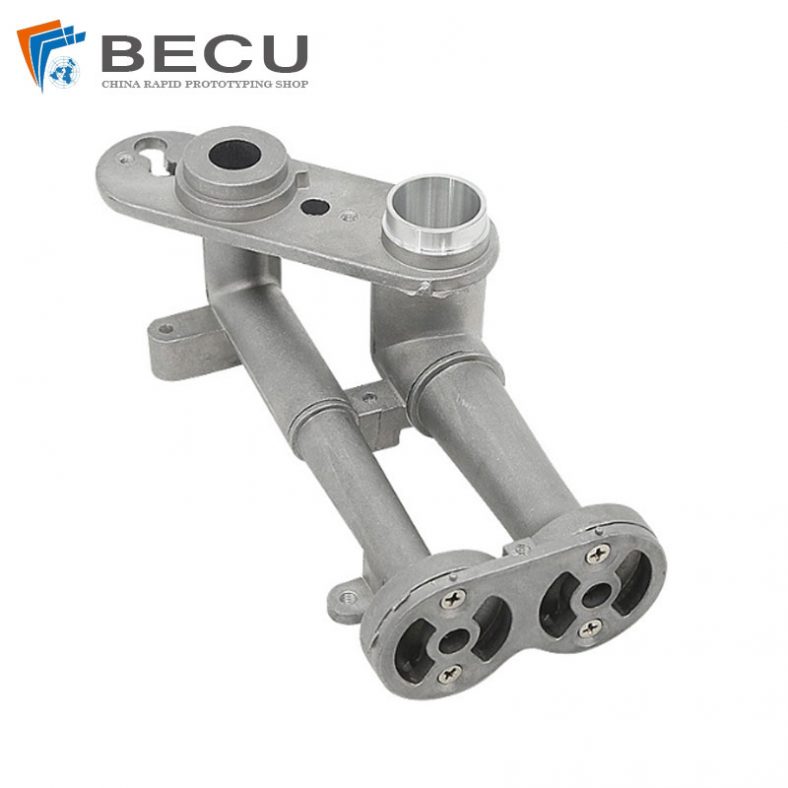
CNC Machining Gas Stove Bottom Joint

Gravity Die Casting Custom Street Light Heat Sink
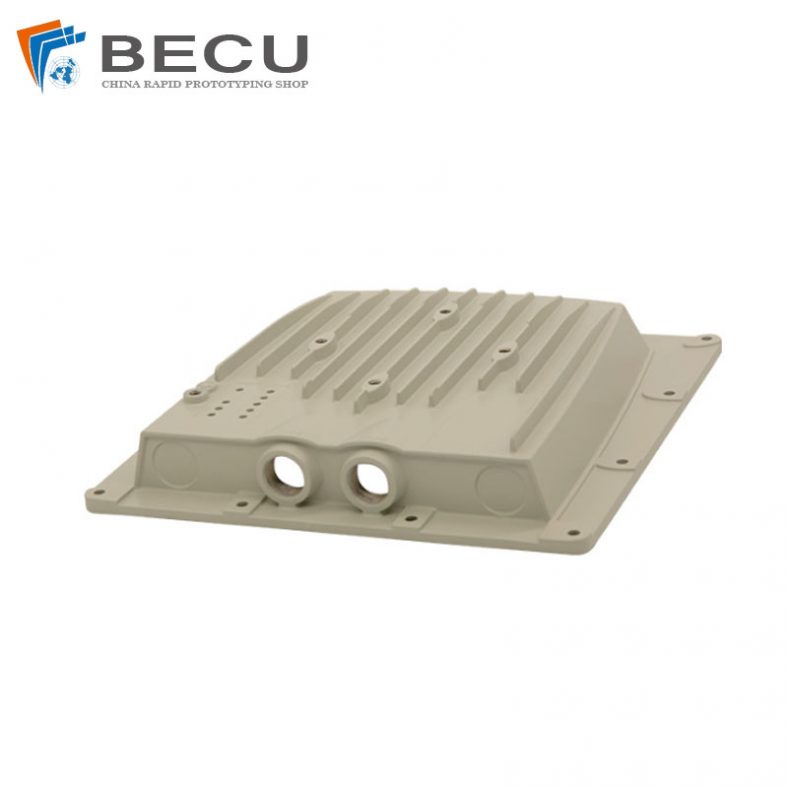
Die Casting LED Canopy Lights Heatsink For Gas Station
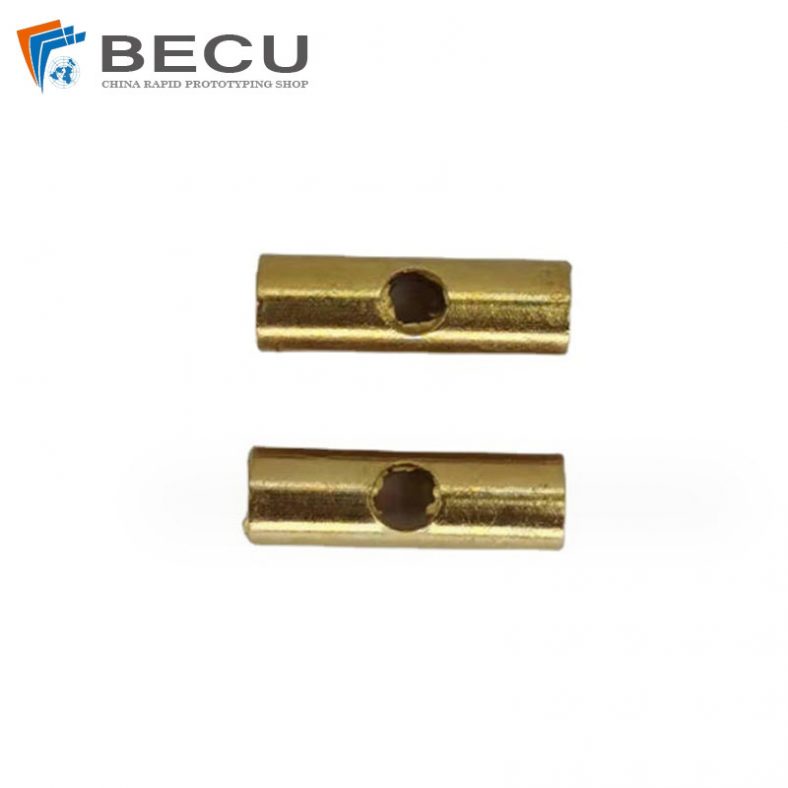
Zinc Die Casting PA10 Transformer Connector Terminal
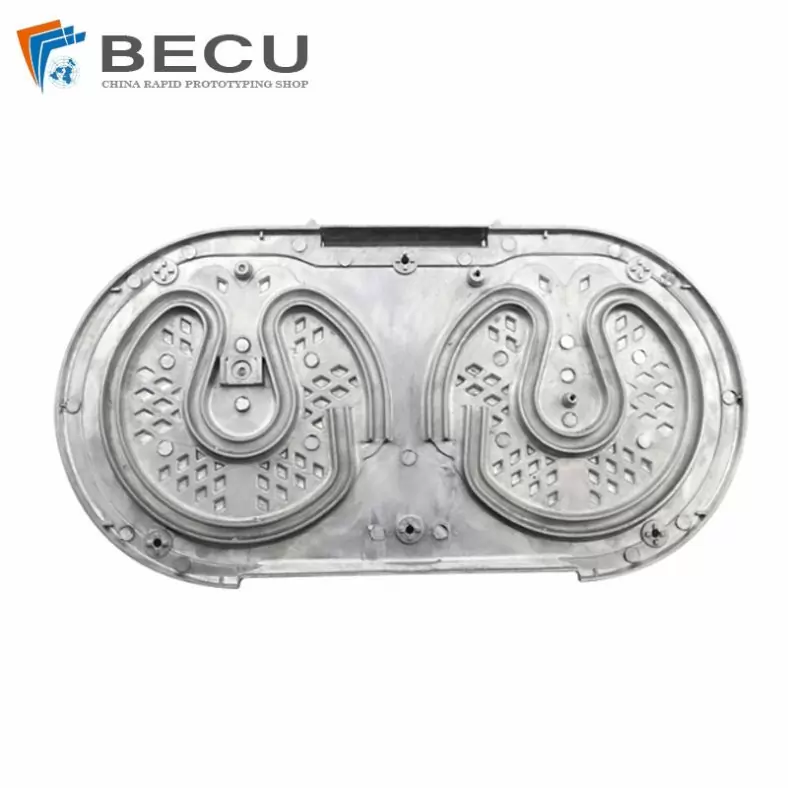
Die Casting Aluminium Cookware Chassis

Die Casting Wheels With Aluminum Alloy 5 Axis CNC Machining
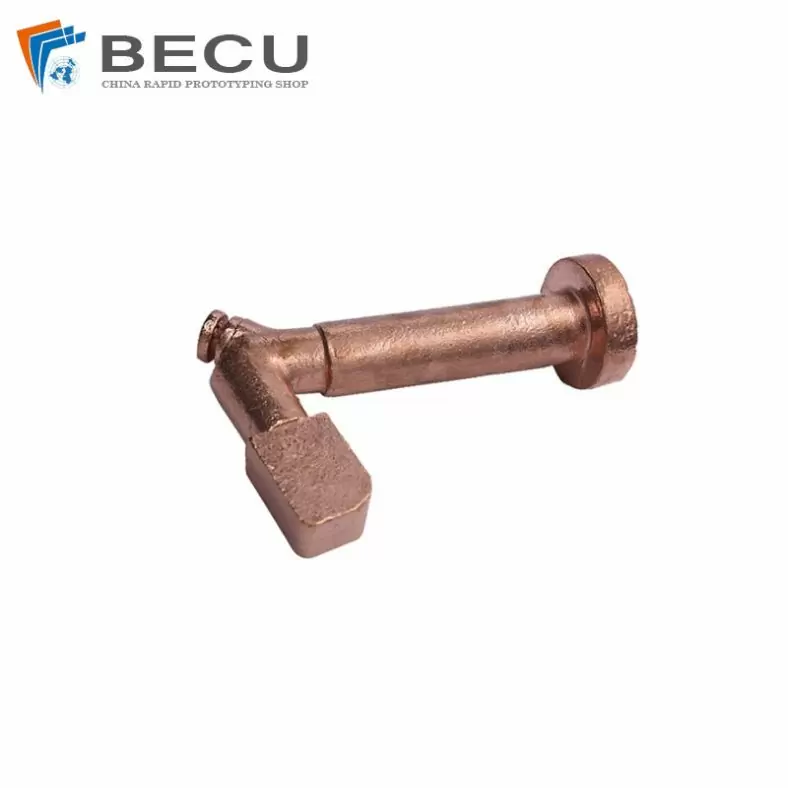
Precision Machined Copper Die Casting Parts
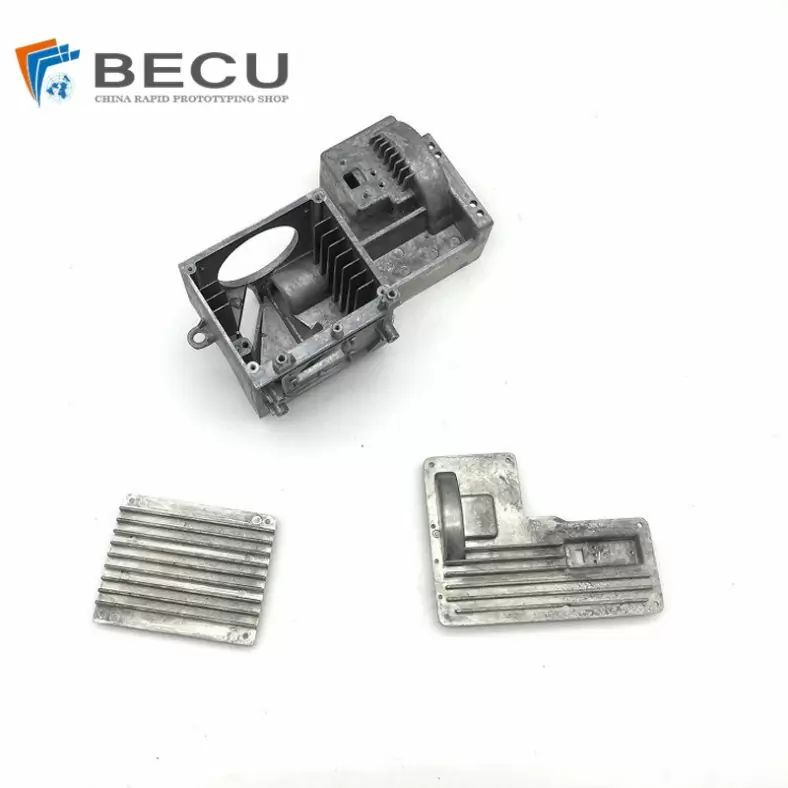
Professional Small Baler Aluminum Alloy Die-casting Mold Production
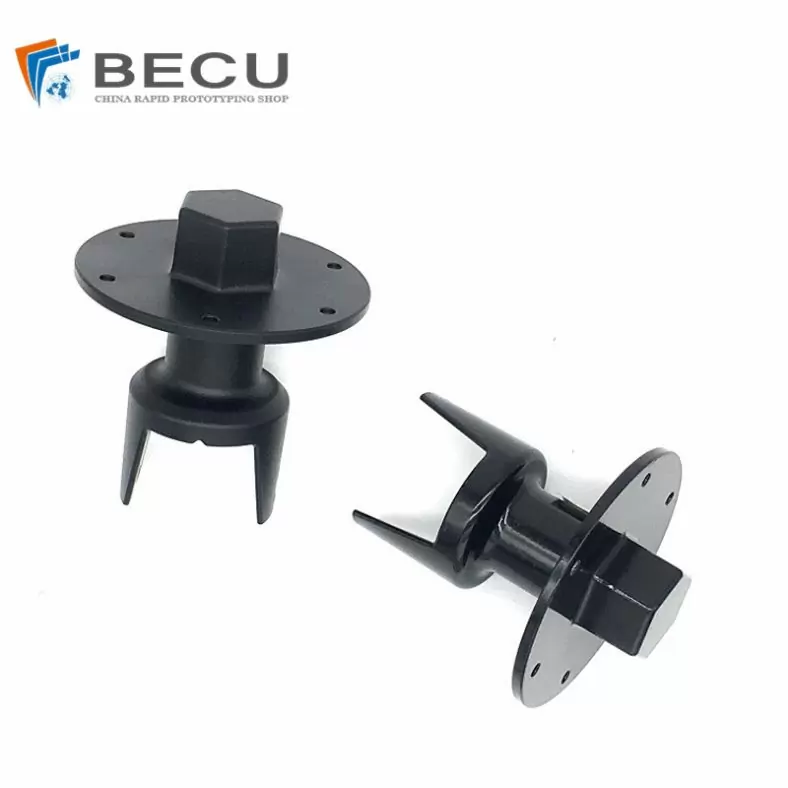
China Die Casting Factory Manufactures Surface Sprayed Aluminum Valve Body
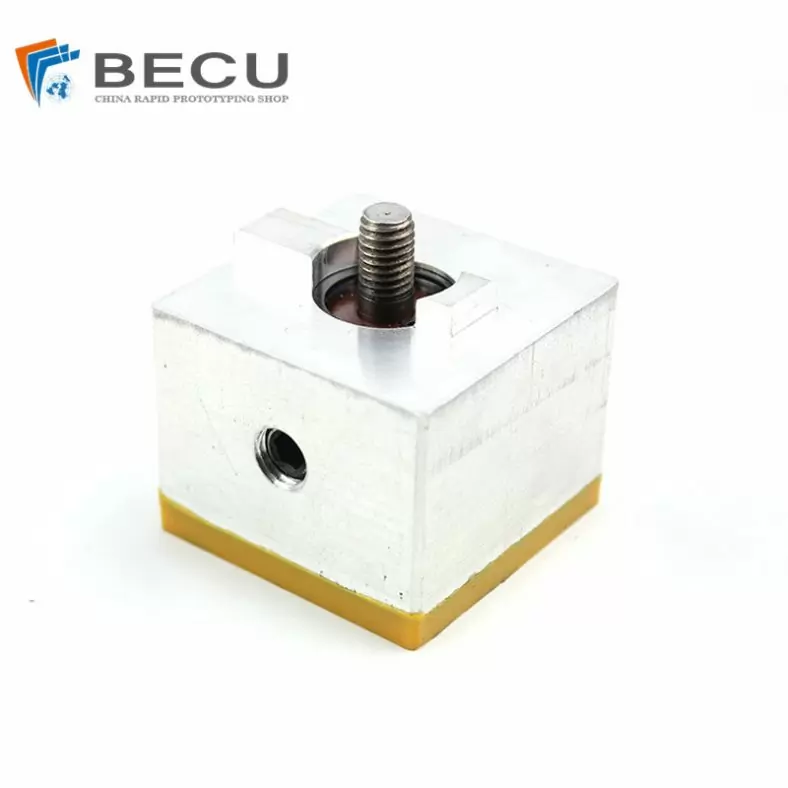
Extrusion Die-casting Polyurethane-Coated Aluminum Alloy Profiles

Custom Precision Aluminum Die Cast Brackets and Finishes
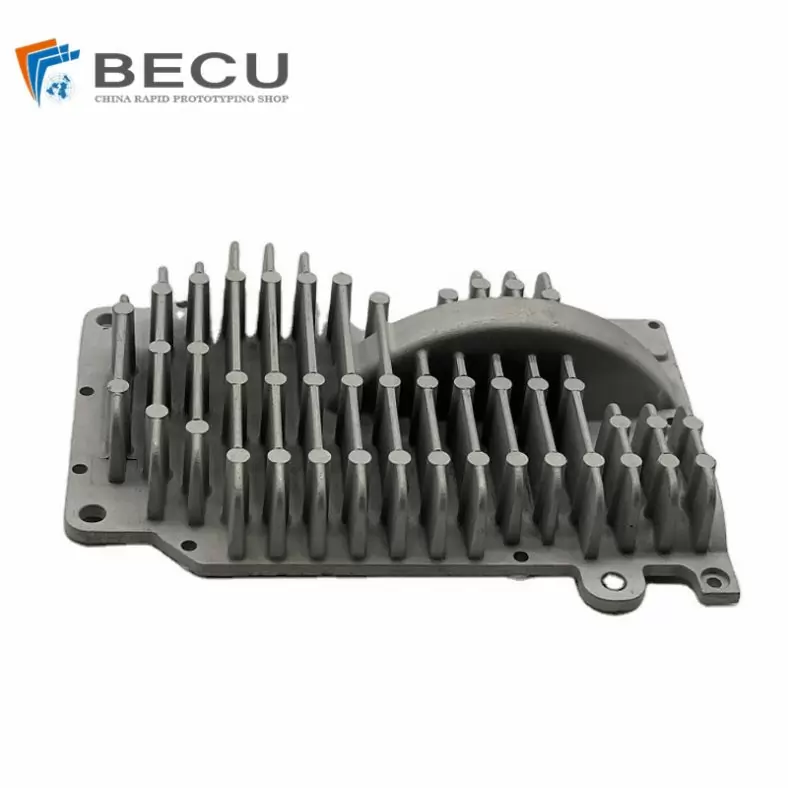
Extrusion Die-casting Magnesium Alloy Heat Sink Shell
